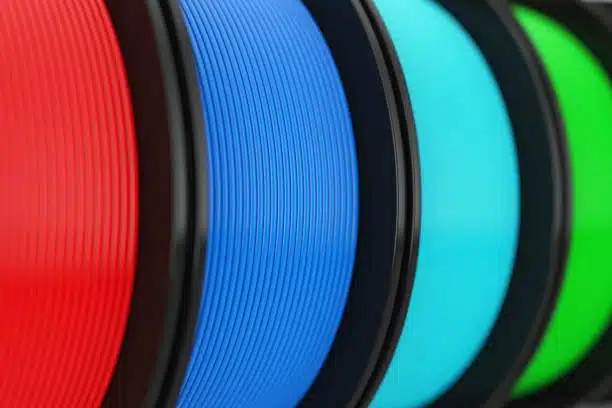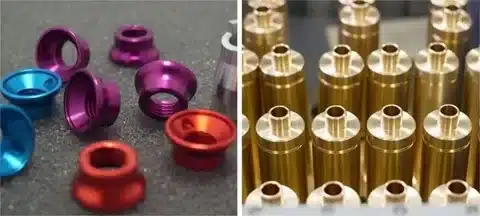Materials driven industries maintain high reliance on plastics because of their multiple use qualities combined with durability, economical value, and light weight. Polypropylene (PP) and Polycarbonate (PC) represent two essential thermoplastics in industry, especially under high temperatures, because they deliver different benefits which extend their use across essential applications including automotive systems, medical instruments, industrial applications, as well as package materials for food and construction materials.
The content analyzes the distinction between polypropylene and polycarbonate by detailing their physical properties alongside their product uses and protection measures sustainability factors and monetary value and possible substitute materials, especially when comparing polypropylene . Manufacturers along with engineers and designers along with consumers benefit from knowledge about the dissimilarities between polypropylene and polycarbonate to make informed choices.
Mechanical Properties and Versatility
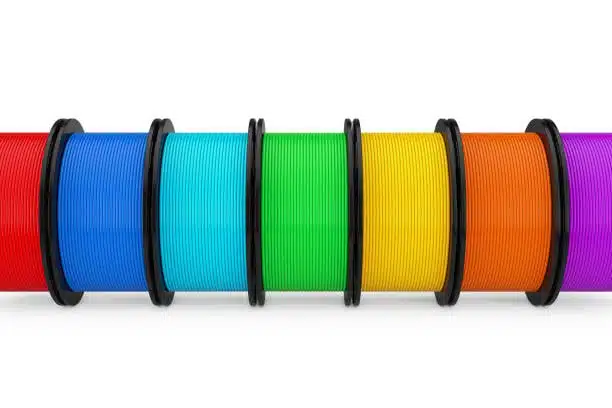
Because polypropylene has a high degree of flexibility, fatigue resistance and light weight, it is a very useful choice in applications where movement (or movement after repeated stress) is anticipated. It also possesses the thermal properties and characteristic of resistance to wear and tear without losing the structural integrity and hence can be used in living hinges, automotive components and flexible packaging, where good abrasion resistance is crucial . In contrast to the previous item, polycarbonate is a real power house with regard to mechanical strength and high impact resistance. This is why it’s best utilized because it can stand heavy forces without cracking or breaking, making it a favorite for use in the protective gear, bullet resistant glass, housing for electronics and so forth. This difference in the mechanical traits proves that each material is positioned in different niches in the same industry.
Thermal Tolerance and Processing
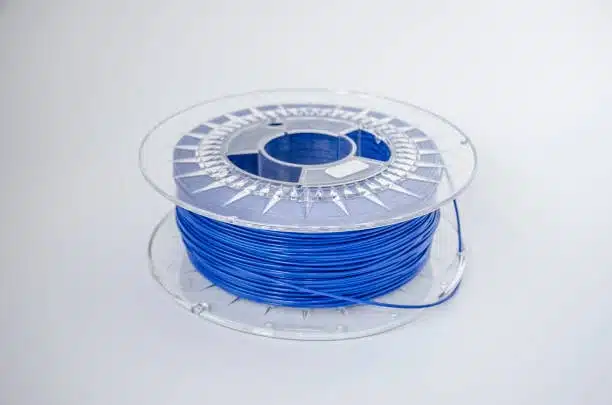
Also, the thermal behaviour of these two materials also will have an impact on their uses. Polypropylene has proved to be excellent at heat resistance, which allows it to be moulded into such stuff as medical devices and food containers that must be autoclaved, which kills bacteria and other infectious microorganisms. However, melting point is lower than that of polycarbonate, highlighting the importance of temperature resistance in application choices . High heat distortion temperature of polycarbonate ensures the polymer maintains its shape and strength in extreme temperature fluctuations that are important for electronic and high performance engineering applications due to its superior heat resistance and thermal stability . Together, these thermal advantages and the ability to mold both materials into complex shapes help to determine which will be the plastic of choice in a particular operation.
What Is Polypropylene (PP)?
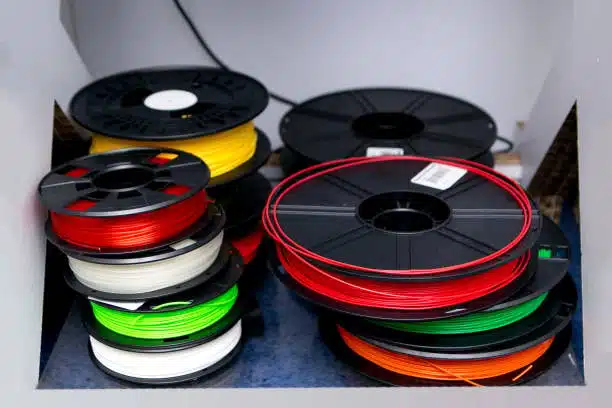
Through the chemical reaction of propylene monomers polypropylene results as a semi-crystalline thermoplastic polymer form. PP stands out because of its light structure and chemical resistance properties as well as its exceptional flexibility which made it widely used in food storage containers, packaging applications, and other areas of commercial production. and various industries from textiles to medical equipment to consumer goods and automotive components.
The ability of polypropylene to exist as various crystalline structures constitutes a special characteristic because each structural variant exhibits contrasting heat resistance and mechanical properties. These include optical lenses due to the unique properties of carbonate groups, particularly in pc plastic:
- Isotactic Polypropylene (iPP) – Highly crystalline with a melting point above 160°C. iPP stands as the most profitable manufacturing version of polypropylene.
- Atactic Polypropylene (aPP) exists as a clear and elastic material that industry views as either waste material or component for mixtures.
- Syndiotactic Polypropylene (sPP) – Offers better electrical insulation and toughness than other forms.
- Block copolymer PP mimics a structure containing elastic and crystalline areas which results in improved flexibility.
- Biaxially Oriented Polypropylene (BOPP) emerges from two-directional stretching of PP materials to produce products with clear transparency and robustness and excellent barrier resistance.
The different structural arrangements found in PP enable manufacturers to customize its key properties for injection molding to match various requirements which range from static containers to flexible fibers, utilizing advanced processing techniques particularly in injection moulding application.
What Is Polycarbonate (PC)?
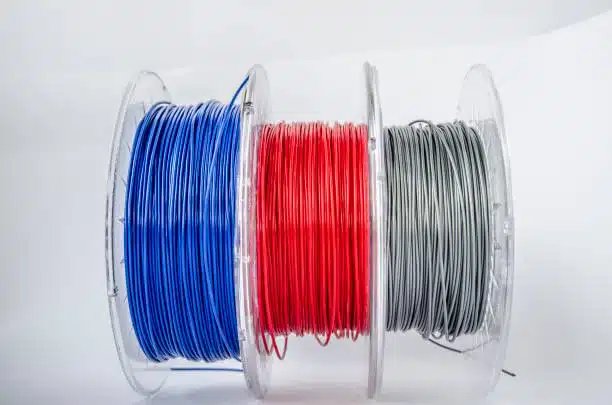
Polycarbonate exists as an amorphous thermoplastic substance that shows outstanding transparency while combining toughness along with heat-resistant properties. It possesses such exceptional impact strength that experts describe it as being almost impossible to break, which makes pc plastic highly valued for applications like protective equipment . PC operates optimally to serve safety glasses and automotive light cover uses alongside electronic hardware enclosures and greenhouse panel requirements because of its dual attributes of optical visualization and physical robustness.
The higher refractive index value of 1.58 in PC enables manufacturers to create thinner lighter lenses which support optical applications. PC displays low scratch resistance, inferior to glass and acrylic, but still maintains high levels of light transmission, though its uv resistance is lower than desired. Manufacturers resolve PC’s weakness by applying surface coatings of polyvinyl alcohol or modified melamine for products such as headlamp lenses .
The combination of excellent optical properties with superior mechanical capabilities and outstanding thermal resistance causes PC to work ideally as glass replacement matter in demanding performance settings, especially when flame retardant properties are needed, especially due to its exceptional impact resistance.
Applications and Use Cases
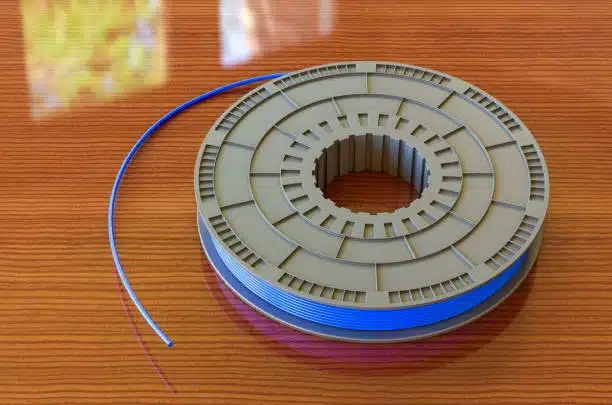
Polypropylene Applications
PP finds applications both in disposable and reusable products because it shows resistance to moisture and heat along with chemical agents. This material finds extensive food storage applications because it exists as microwave-safe and chemically inert packing films and containers.
- Automotive Parts – Used in bumpers, dashboards, and battery cases.
- Syringes together with pill bottles and laboratory containers require medical sterilization treatment.
- The textile industry widely uses non-woven fabrics as well as carpets ropes and upholstery as their production materials.
- Consumer Goods – Toys, storage boxes, reusable shopping bags.
Polycarbonate Applications
Premium plastic polycarbonate finds numerous applications in resistant and clear applications that require maximal strength performance.
- Optical Components – Eyeglass lenses, camera lenses, and optical discs.
- The lens materials used in headlamps of vehicles and signal indicator covers in automotive lighting systems belong to the category of automotive lighting.
- Polycarbonate appears in two primary categories of construction products such as greenhouse glazing together with skylights and safety panels.
- Electronic devices incorporate polycarbonate for mobile device casings as well as laptops and electrical connector sheaths.
- Medical Devices – Dialyzers, blood oxygenators, and surgical instruments.
Chemical Resistance and Limitations
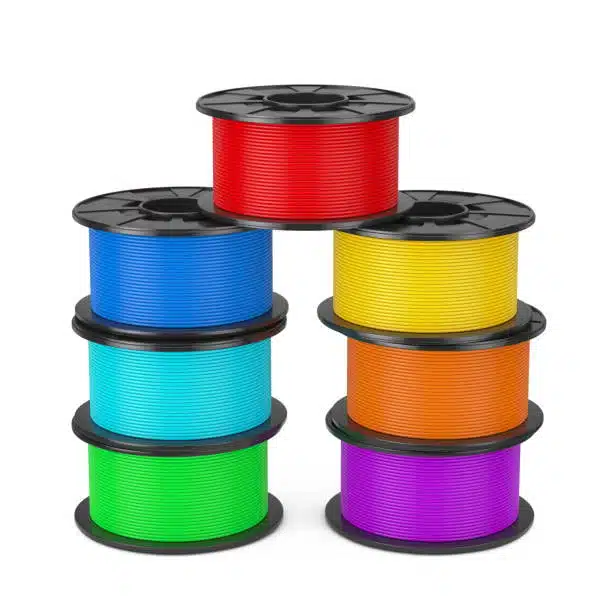
Polypropylene boasts exceptional chemical resistance. Polypropylene stands resistant to every kind of water-based solution and acid, base and ethanol compounds, thanks to its enhanced chemical resistance propertie . The material functions well as laboratory equipment and chemical containers together with piping systems due to its excellent chemical resistance properties, which also makes it viable for electrical insulators . Polycarbonate exhibits one main vulnerable point due to its chemical structures, because it shows complete sensitivity to chemical destruction by organic solvents and oils and acids. Contact with these substances leads to material stress cracks and develop yellow discoloration which could result in complete material destruction. Usage evaluation of PC remains crucial when operating hardware systems under chemically harsh conditions.
Although polycarbonate is quite sensitive to chemicals, it features great impact resistance, transparency and thermal stability and, due to this it is still very much used in many specialized fields. Applications as safety helmets, safety goggles, medical devices, and safety equipment, especially in food contact applications, where resistance to chemical exposure can be accepted over possible clarity and strength, are frequently chosen. In such cases, in order to protect the polycarbonate, designers apply protective coatings or restrict the contact of polycarbonate to harmful substances. By understanding the chemical environment it can be ensured that polycarbonate will continue to provide reliable performance in the most demanding technical settings by choosing appropriate protective measures.
Recyclability and Environmental Impact
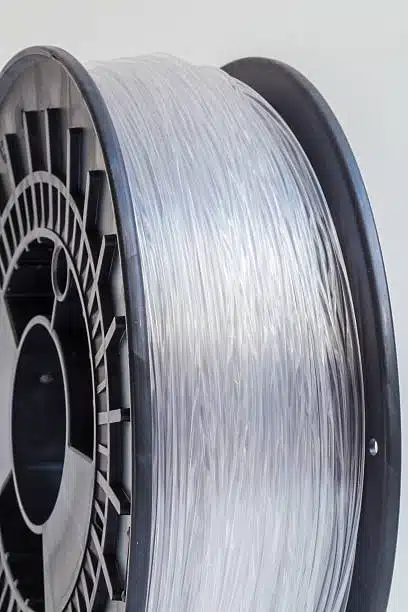
Polypropylene
The recycling potential of PP exists through the resin identification code #5 yet actual recycling rates stand below 1% in most cases. The combination of minimal sorting capacity and pollution levels results in this issue. Exhaustively processed recycled PP builds material quality that enables reuse as non-edible products such as bins, automotive components, and innovative building materials, making it a key aspect of the polypropylene vs Polyvinyl Chloride discussion . and plumbing pipe systems.
PP derives from petroleum but maintains a friendly environmental impact through its low processing energy because of its low melting temperature of plastic materials, even at elevated temperatures .
Polycarbonate
PC follows the #7 Other Recycling Code while its recycling remains hard to execute and less practiced, partly due to the high melting point of the pc material. The process of circulating materials suffers from contamination problems preventing reuse although the automotive industry has shown successful cycle recycling practices.
Product production of PC requires high amounts of energy while processing polycarbonate, UV rays harm its stability during injection molding processes. unless the material includes protective coatings or stabilizers.
Safety and Health Concerns
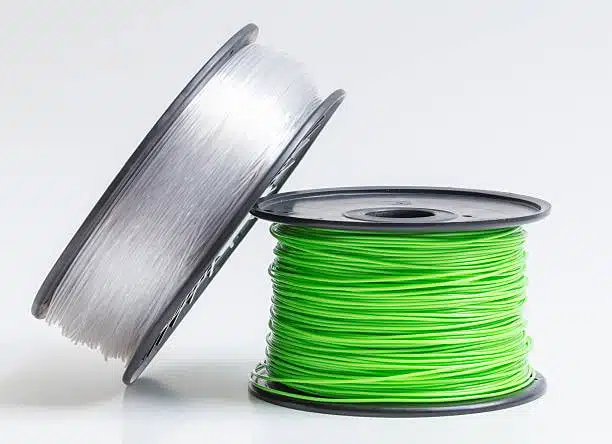
The scientific community names Polypropylene as one of the most secure plastic materials. Global health regulators like FDA and EFSA alongside FDA give their approval to the material for contact with food because it is non-toxic, BPA-free, and widely used in various food applications, and contains no toxins. The proper use prevents its substance release that might cause harm.
The chemical Bisphenol A (BPA) has been found in polycarbonate but the substance raises health issues according to scientific research. You should use caution when using older PC products that serve hot liquids or acidic contents, especially in terms of food contact, due to the BPA-free ads being applied only to newer products. BPA-free certification labels should always be checked on consumer products before purchase.
Polypropylene vs. Polycarbonate: Which to Choose?
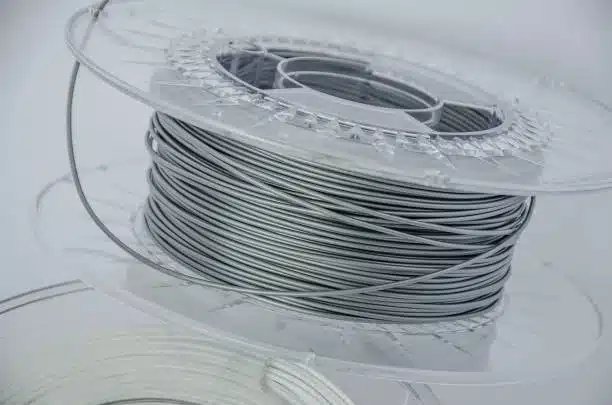
The optimal solution depends only on particular application criteria.
Choose Polypropylene if you need materials with superior mechanical properties :
- Lightweight and low-cost material
- Excellent chemical and moisture resistance
- The material offers BPA-free safety while serving food requirements and medical purposes.
- The use of high-volume polypropylene materials that fit into both single-use and moderately durable product categories.
Choose Polycarbonate if you need different polycarbonate sheets and grades :
- High impact resistance and optical clarity
- Heat resistance and dimensional stability
- Transparent enclosures or lens-grade plastics
- Durable performance under mechanical stress
Alternatives to Polypropylene and Polycarbonate
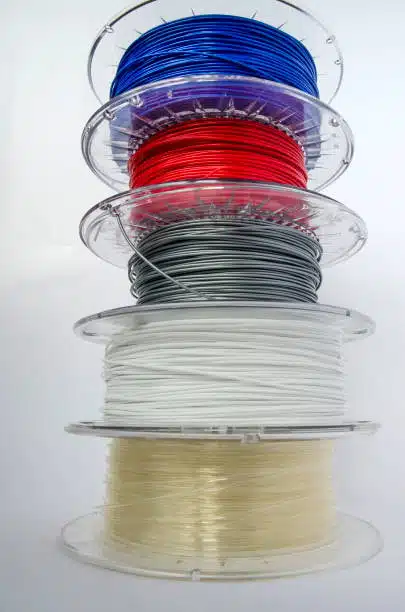
Alternatives to Polypropylene
- HDPE High-Density Polyethylene demonstrates stronger properties alongside chemical resistance and works best in containers together with pipes.
- The material PVC (Polyvinyl Chloride) maintains use in both construction projects and plumbing systems although it decreases eco-friendly conditions.
- PET (Polyethylene Terephthalate) maintains its popularity for beverage containers and food containers as well as food packaging materials.
Alternatives to Polycarbonate
- Acrylic (PMMA) – Better scratch resistance and UV stability, but lower impact strength.
- Trivex™ or Urethane Blends – Used in optical applications as lighter, high-performance alternatives.
- The combination of Acrylonitrile Butadiene Styrene works as an economical solution for structural applications that do not require extreme pressure.
Conclusion
Polypropylene and polycarbonate exist as strong materials that offer independent benefits. Results favor polypropylene as the best option when budget considerations join forces with chemical immunity along with food-grade requirements, whereas polycarbonate is favored for its exceptional impact resistance . People encounter polypropylene as an everyday hero because it works in storage containers as well as lightweight luggage, packaging and textiles.
Polycarbonate exists as an advanced material solution because it targets conditions which need both impressive strength and the unique properties of excellent optical qualities and resistance to impacts. In high-risk and high-precision applications the higher price of this material becomes worthwhile considering its superior performance.
You should evaluate your criteria which include expense along with longevity and see-through properties and security standards and environmental sustainability before making a selection. A mastery of these polymers’ individual properties, including their suitability for 3d printing, allows one to select smarter and safer and more sustainable products for any given scenario.

